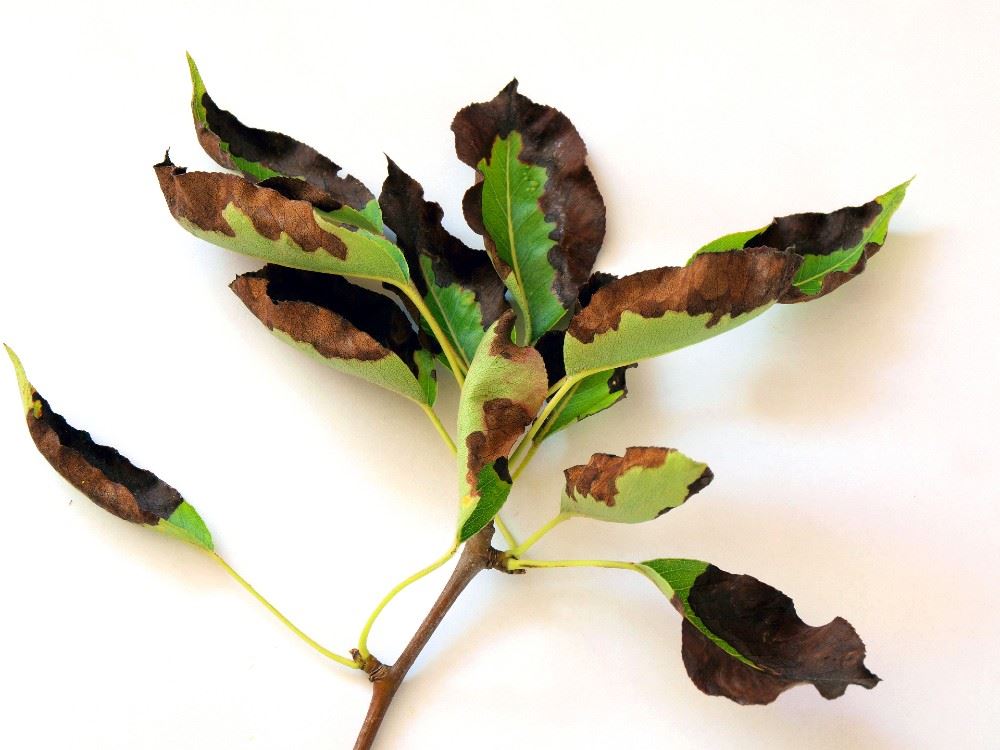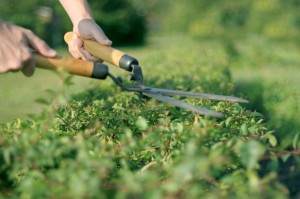What Is It?
Fire blight is a destructive bacterial disease found in trees common to the Southern and Central California regions. This plant disease is often influenced by seasons weather and generally attacks the plant’s blossoms, gradually moving to the twigs, and then the branches.
![]()
What It Does
This disease typically starts with the blossoms or flowers and moves into the twigs and branches causing the infected areas to bend and crook. The infected areas turn brown and dry and appear burnt, hence the name fire blight.
Symptoms
Symptoms of the disease can appear as soon as trees and shrubs begin their active growth, usually in the Spring. The first sign of the disease is a light tan or reddish, watery ooze that comes from the infected area. Once in contact with air, the liquid turns to a dark red or brown leaving traces on the branch, trunk, or stem of the plant. This is typically followed by withering and dying leaves, fruit, or blossoms.
Causes
Fire blight is caused by the bacterium Erwinia amylovora, that grows rapidly on the plant and can give them a burnt or scorched appearance. This bacterium is spread from plant to plant through various ways including rain or water splashing, insects, birds, and unclean gardening tools.
Treatments
If not managed and cared for, fire blight can harm the fruit and stems of the plant and can even kill the plant. Unfortunately there is no cure for this disease, but the best prevention is regular maintenance. Early removal of any infected stems or branches can halt the spread of the disease and avoidance of any overhead irrigation can prevent the disease from spreading to nearby plant

